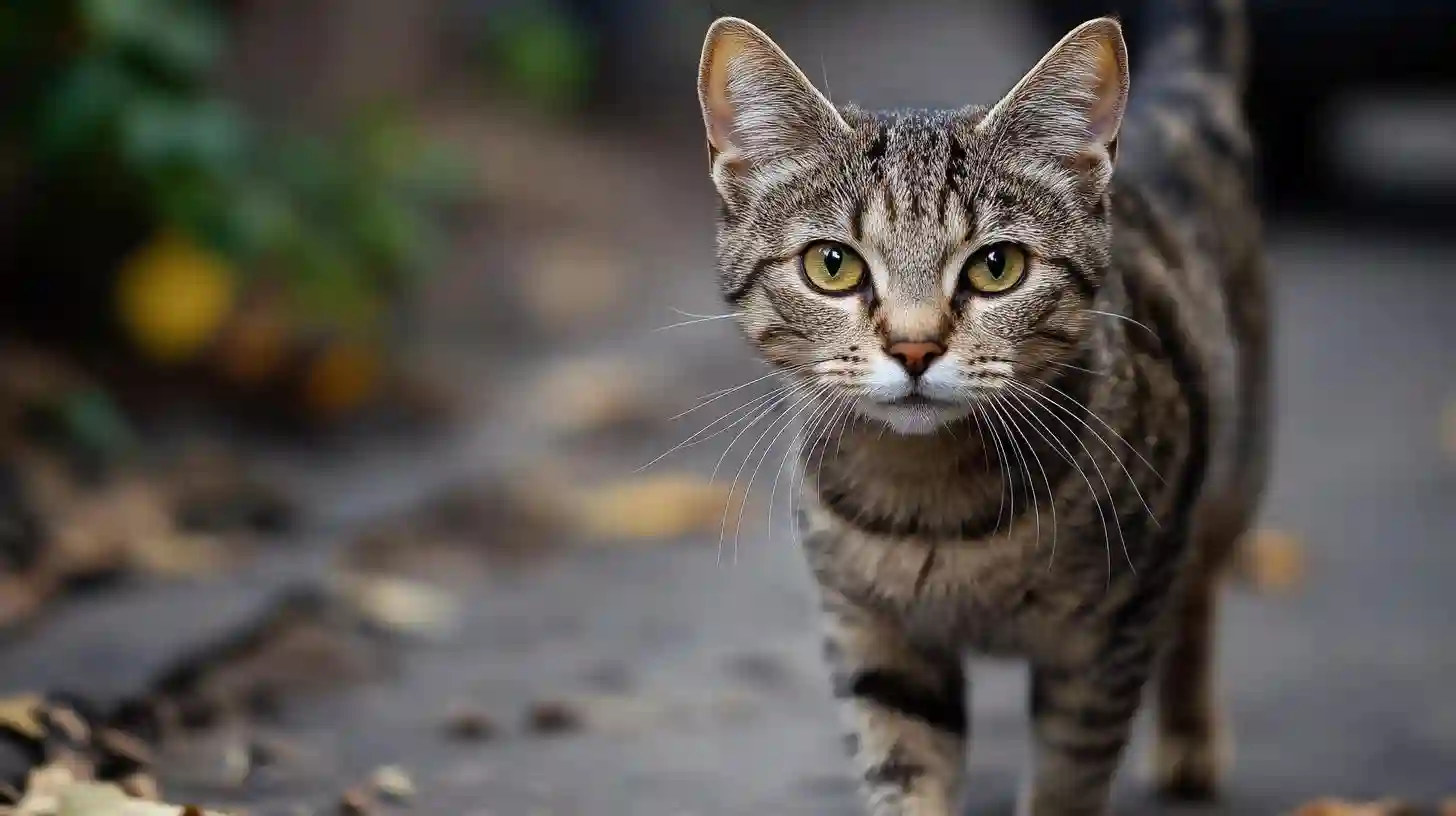
Cats have long enchanted humans with their unique behaviors and quirks. Each cat has its own personality, often leading to intriguing idiosyncrasies that can baffle even the most seasoned cat owners. Understanding these behaviors requires a closer look at the nature of felines, which are deeply influenced by their instincts, environment, and interactions with humans.
One of the most talked-about behaviors in cats is their penchant for kneading. This rhythmic action, often performed on soft surfaces like a blanket or a human lap, is thought to stem from kittenhood when they kneaded their mother's belly to stimulate milk flow. This not only shows their instinct from their formative days but also highlights a behavior that signifies comfort and contentment in adulthood. When your cat kneads, you may notice a palpable sensation of relaxation wash over them, as they find solace in what feels like a return to a nurturing state.
Head-butting is another behavior that often leaves observers curious. When a cat rubs its head against a person or an object, it is engaging in a practice known as bunting. This behavior is more than just an affectionate gesture; it’s a way for cats to mark their territory. They have scent glands located in their cheeks, and by rubbing their scent on you or a familiar object, they are claiming you as part of their domain. To a cat, marking their territory strengthens social bonds and provides comfort in familiar smells.
The infamous "cat loaves," where felines curl up and tuck their paws underneath them, is a sight familiar to many cat lovers. This position is a blend of comfort and defense. By hiding their paws, a cat can protect its most vulnerable areas while simultaneously keeping the core of their body warm. In addition, this posture provides a sense of safety, showcasing a cat's ability to adapt and find security in their surroundings.
Cats are also known for their seemingly erratic bursts of energy, commonly referred to as the "zoomies." These sudden sprinting sessions typically occur after a period of rest or upon waking, demonstrating the cat's instinctive nature as a predator. In the wild, cats often engage in short bursts of intense activity to catch prey. Although domestic cats no longer depend on hunting for survival, these instincts remain intact. Zoomies serve as an excellent outlet for energy and can be particularly amusing for onlookers.
Social grooming is another behavior that exemplifies the social nature of cats. When cats groom one another, it fosters bonding and communication among them. This mutual grooming, often known as allogrooming, can help reinforce social hierarchies and strengthen relationships within a multi-cat household. Grooming also has practical benefits, such as maintaining hygiene and reducing stress, as it releases endorphins in the groomer and the recipient alike.
Vocalizations are a key aspect of a cat's communication style, and their wide range of sounds can vary from one individual to another. Cats meow primarily to communicate with humans, using this form of communication to express hunger, discomfort, or a desire for attention. The pitch, tone, and frequency of a cat’s meow can convey different messages, making this vocal behavior quite intricate. Moreover, cats often purr not only when they are content, but also when they seek comfort during times of stress or pain. Understanding the context of these sounds allows owners to better interpret their pets' needs.
One particularly puzzling behavior is the "cat's curiosity." Cats have an innate desire to explore their environment, which often leads them to investigate unusual or confined spaces. This curiosity can sometimes veer into trouble, as cats may squeeze into tight spots or knock over household items simply to satisfy their inquisitive nature. The urge to explore and comprehend their surroundings is rooted in both their instinctual hunting behavior and their need for mental stimulation. Providing environmental enrichment, such as climbing trees and puzzle toys, can satisfy this drive for exploration while keeping them mentally engaged.
Finally, many cat owners may have encountered the odd habit of their feline friends bringing home "gifts." Whether it's a toy, a hair tie, or, less desirably, a small rodent, this behavior can be perplexing. Cats may present such gifts to their owners as a sign of affection or as an offering of their "catch" to their family. This instinct goes back to their hunting roots, serving both to share their success and to teach their human companions about survival.
Understanding these peculiar behaviors enriches the bond between humans and their feline companions. Each quirky interaction is a window into the intricate world of cats, revealing their instincts, emotions, and distinct personalities. A deeper awareness of these behaviors fosters appreciation for the feline companions that grace our homes, reminding us of the delightful mysteries they continue to present.